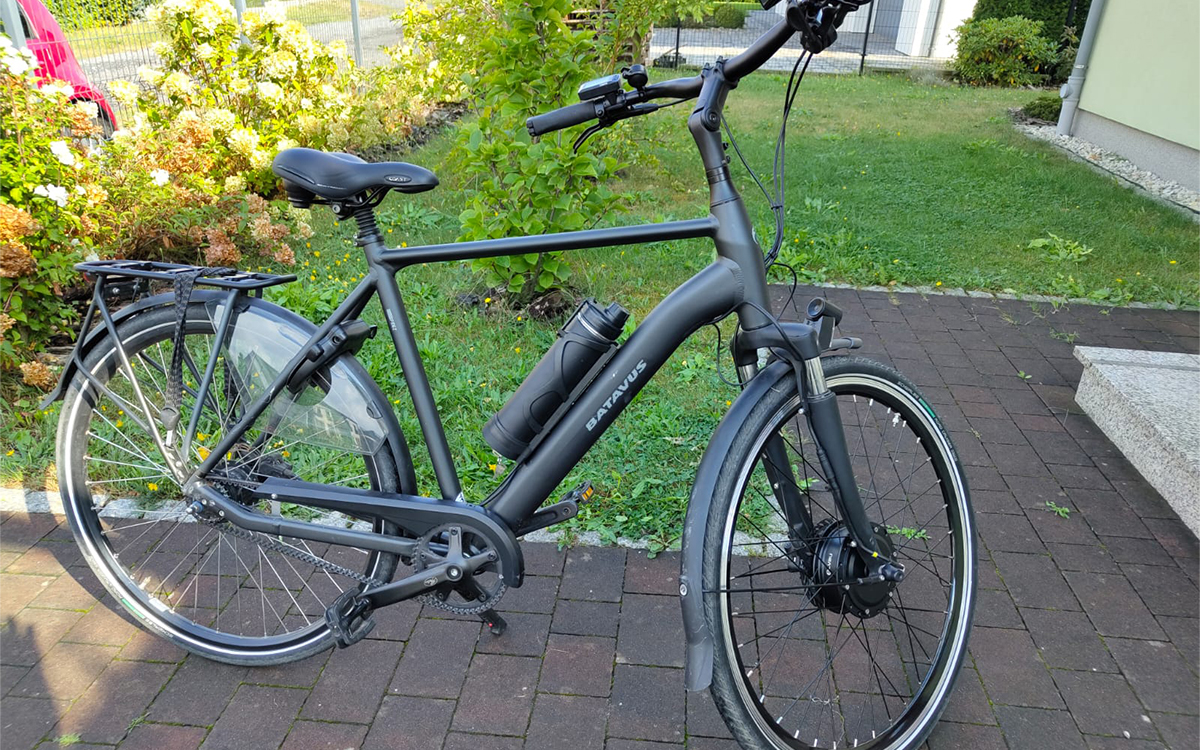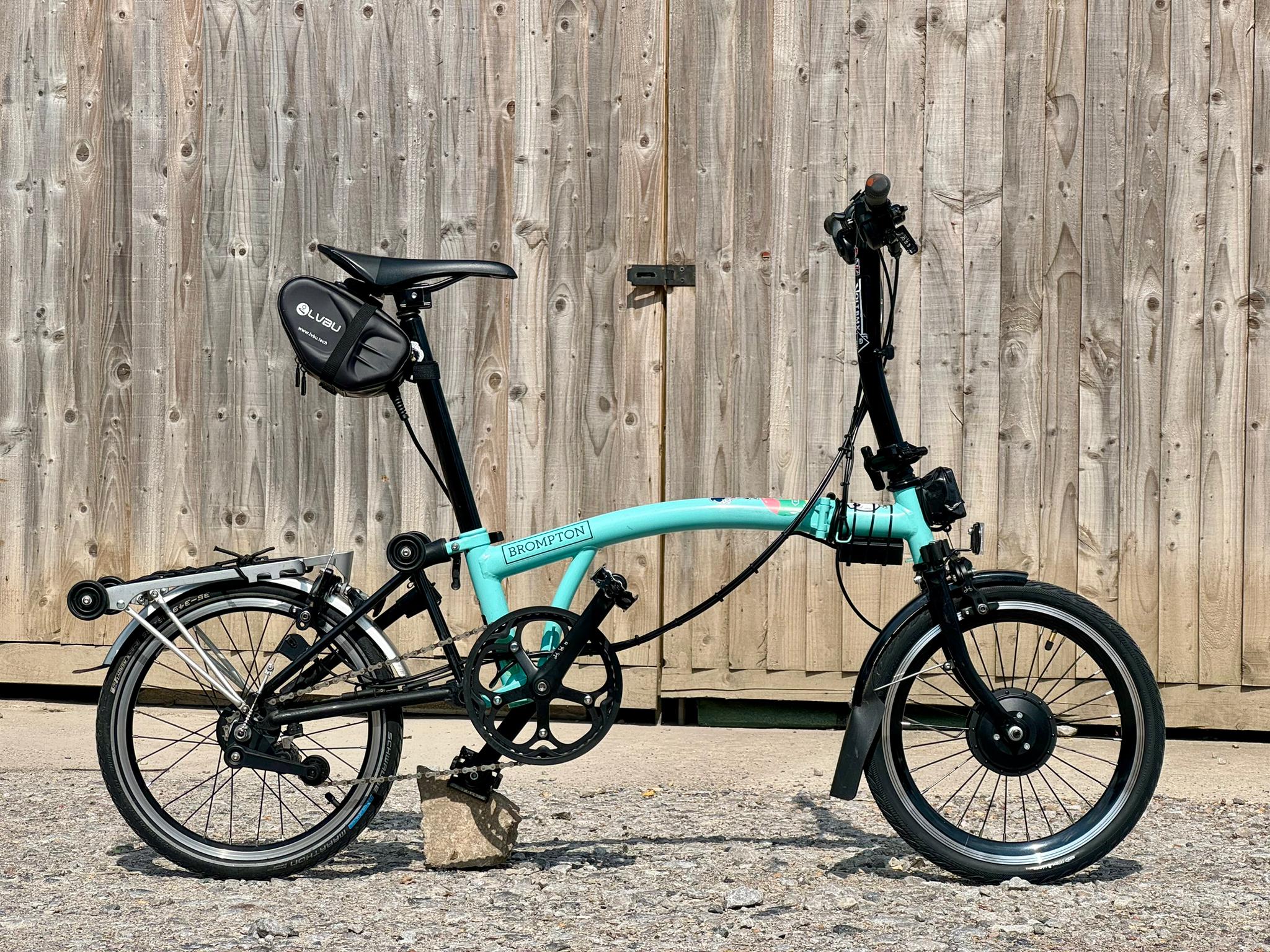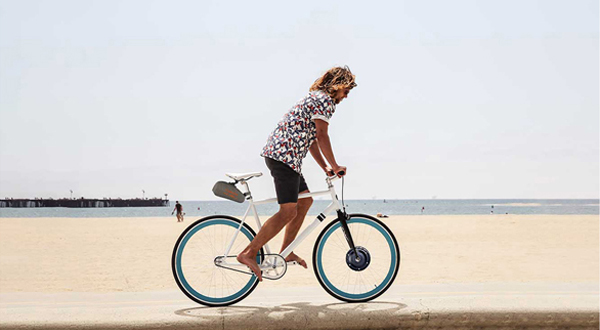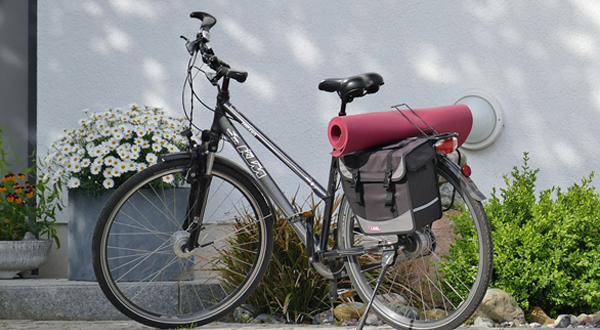Which is better for converting a bicycle to electric assist: front-wheel or rear-wheel drive?
In the trend of upgrading bicycles to electric-assist bikes, a common debate revolves around choosing between a front-wheel or rear-wheel drive system. Both options have their pros and cons, impacting the bike's driving performance as well as the rider's experience and efficiency.
I. Front-Wheel Drive System
1. Advantages
1.More balanced weight distribution: Since the motor and battery are typically mounted near the front wheel, this helps balance the overall weight of the bike, reducing the rear-heavy feeling caused by the battery's weight.
2.Strong climbing ability: The front-wheel design provides direct power support when climbing hills, enhancing stability and power output during ascents.
3.Simpler maintenance: Compared to rear-wheel drive, the front-wheel system has less impact on transmission components like the chain and gears, potentially lowering maintenance costs.
2. Disadvantages
1.Limited steering agility: The added weight on the front wheel can affect the bike's steering agility and handling, especially noticeable during high-speed turns.
2.Accelerated tire wear: Since the front wheel serves as both the drive and steering wheel, it may wear out faster with prolonged use.

II. Rear-Wheel Drive System
1. Advantages
1.Better handling: With the rear wheel serving as the drive wheel and not directly involved in steering, the bike becomes more agile to handle, especially on wet or rough surfaces.
2.Stronger traction: Rear-wheel drive offers greater traction during starts and acceleration, giving the rider a more noticeable "push" or power boost.
3.Higher power transmission efficiency: Rear-wheel drive systems have higher energy transmission efficiency, reducing energy loss.
2. Disadvantages
1.Uneven weight distribution: With the motor and battery mounted near the rear wheel, the back of the bike may feel heavier, affecting overall balance.
2.Chain and gear wear: Rear-wheel drive increases the load on the chain and gears, potentially accelerating wear and requiring more frequent maintenance.
Flexibility of the LvBu KN Electric Assist Conversion Kit
Upgrading a bicycle to an electric-assist version can be challenging for DIYers, but the LvBu KN Electric Assist Conversion Kit is a boon for newcomers looking to make this modification. The kit’s standout feature is its flexibility; it easily adapts to both front- and rear-wheel setups, eliminating the dilemma of choosing between the two. Riders can customize their setup based on their preferences and riding needs. The kit is designed with a wide range of bicycle sizes and types in mind, ensuring broad compatibility and allowing more cycling enthusiasts to enjoy the convenience and fun of electric-assist riding.

Additionally, LvBu Cloud Wheel components are made with high-quality parts, ensuring that the modified bicycle is durable and reliable, while guaranteeing safety and comfort during rides.
Conclusion.
Whether choosing front-wheel or rear-wheel drive, the LvBu KN Electric Assist Conversion Kit significantly enhances the ease and comfort of riding. Whether for daily commuting or leisure cycling, this kit enables riders to experience a more enjoyable, free, and smooth ride.
In summary, both front- and rear-wheel drives offer their unique advantages and drawbacks, but the LvBu KN Electric Assist Conversion Kit, with its versatility and comprehensiveness, provides more choices and possibilities for riders, making every ride a pleasure.
- linkedin https://www.linkedin.com/feed/update/urn:li:activity:7241992678228344832/
- medium https://medium.com/@lvbuwheel/which-is-better-for-converting-a-bicycle-to-electric-assist-front-wheel-or-rear-wheel-drive-175a8ee79884
- quora https://www.quora.com/profile/Lvbu-Tech/Which-is-better-for-converting-a-bicycle-to-electric-assist-front-wheel-or-rear-wheel-drive-In-the-trend-of-upgrading
- slideshare https://www.slideshare.net/slideshow/which-is-better-for-converting-a-bicycle-to-electric-assist-front-wheel-or-rear-wheel-drive/271861944




